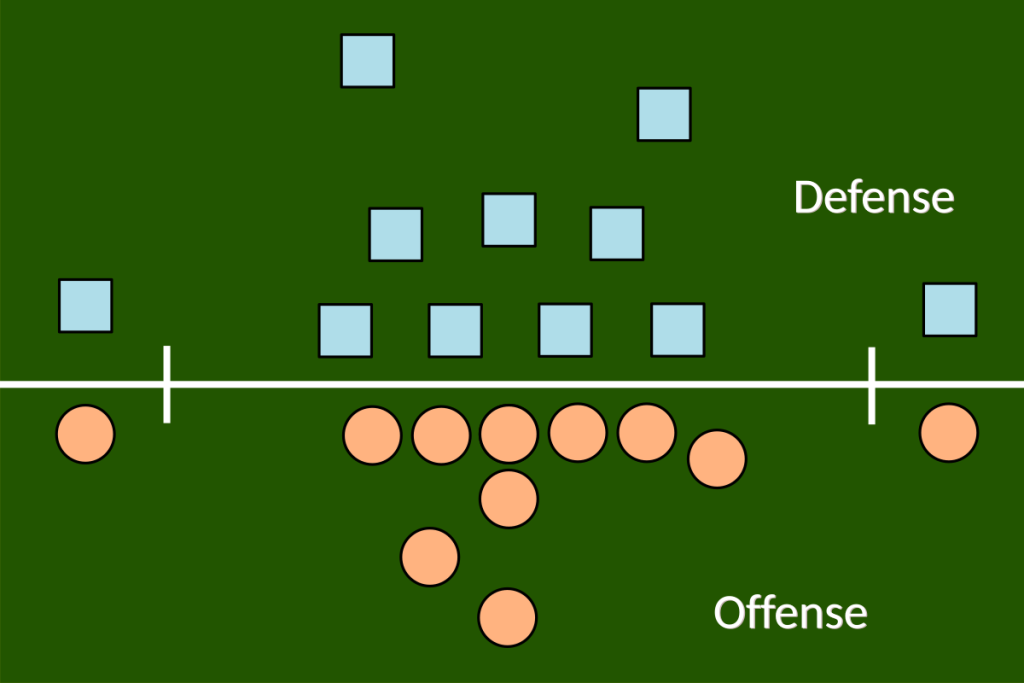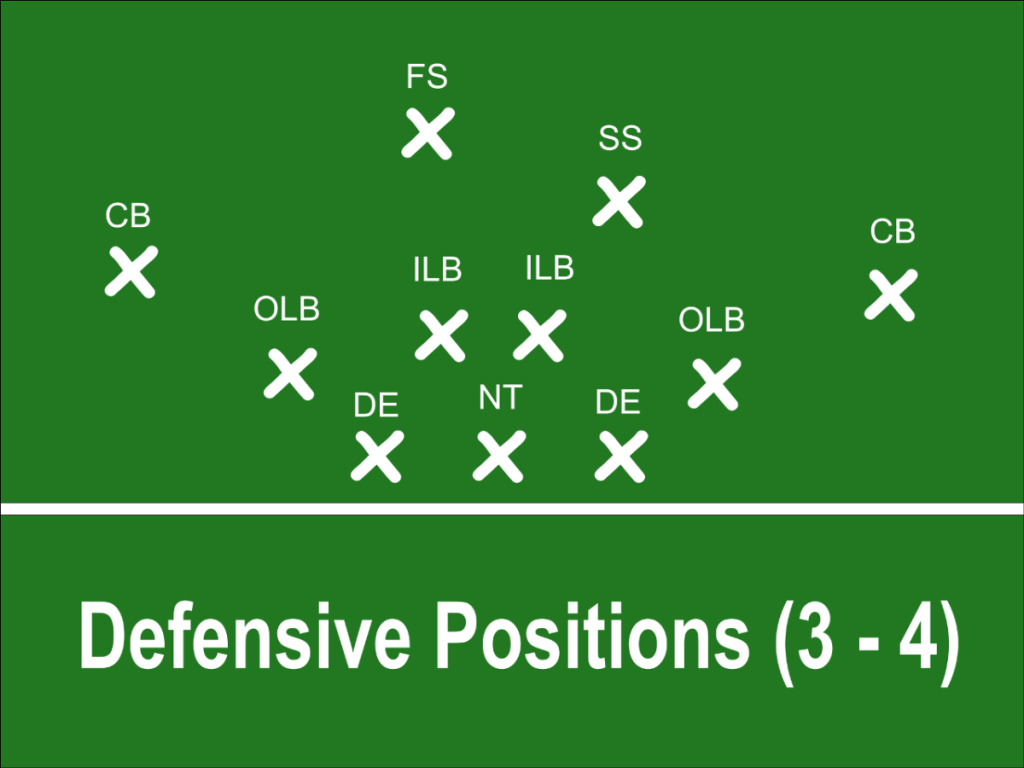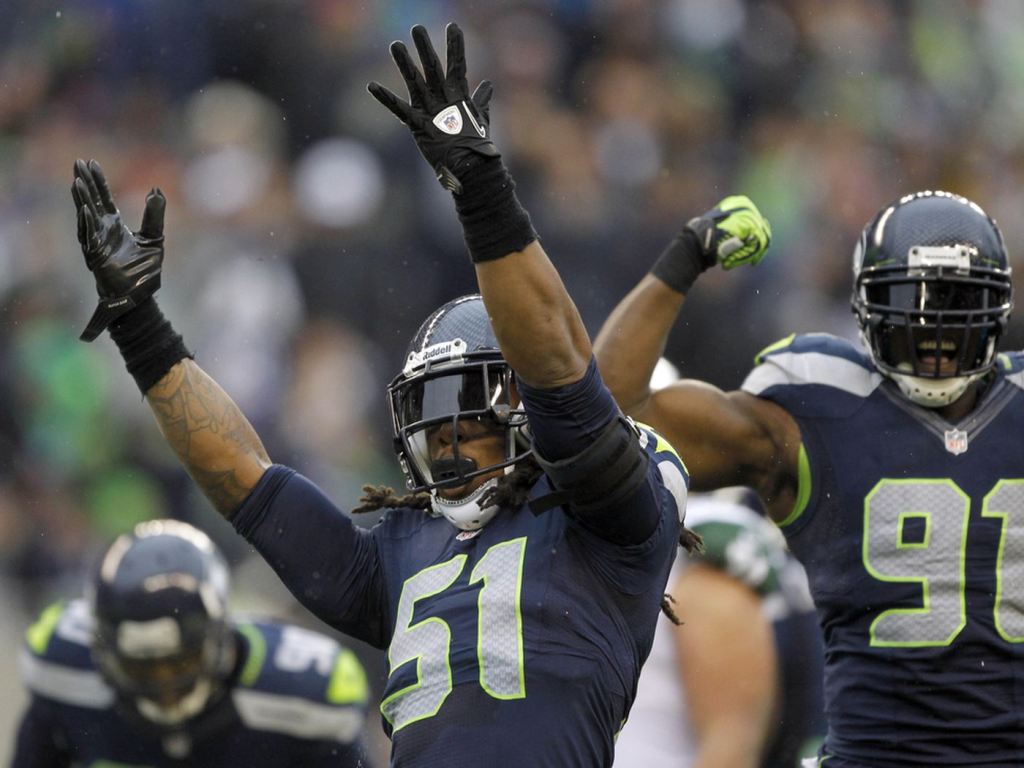Football is as much a game of strategy as it is of physical prowess. While casual fans often focus on offensive plays and scoring, coaches know that mastering defensive schemes football strategies can be the difference between winning and losing. This guide breaks down the fundamental defensive formations and explains how they work to counter modern offensive tactics.
The Foundation: Base Defensive Formations
At its core, football defense revolves around a few primary formations that teams adapt and modify to suit their personnel and game strategy. Understanding these base defensive schemes football alignments is essential for appreciating the strategic depth of the game.

The 4-3 Defense Explained
The 4-3 defense remains one of the most widely used defensive schemes football formations at all levels of play. This alignment features:
- Four defensive linemen (two tackles and two ends)
- Three linebackers (middle, strong-side, weak-side)
- Four defensive backs (two cornerbacks, two safeties)
The 4-3’s strength lies in its versatility and balance between rush defense and pass coverage. The four down linemen create immediate pressure on the offensive line, while linebackers can either support the run defense or drop into coverage depending on the play call.
Teams with athletic defensive ends particularly benefit from this scheme, as these players can both rush the quarterback and contain outside running plays. The middle linebacker in a 4-3 scheme is often the defensive captain, responsible for reading offensive formations and adjusting the defense accordingly.

The 3-4 Defense Breakdown
Contrasting with the 4-3 is the 3-4 alignment, featuring:
- Three defensive linemen (nose tackle and two ends)
- Four linebackers (two inside, two outside)
- Four defensive backs (two cornerbacks, two safeties)
The 3-4 defense places greater emphasis on linebacker athleticism and versatility. With one fewer lineman, the nose tackle must be exceptionally strong to handle double teams, while the four linebackers create unpredictability in blitz packages. Offensive lines often struggle to identify which linebackers will rush and which will drop into coverage.
Teams with exceptional linebacker talent often prefer this scheme, as it allows defensive coordinators to disguise their intentions and create confusion. The 3-4 also provides better coverage for short passing routes over the middle.
Situational Defensive Packages
Modern football demands adaptability, leading to specialized defensive schemes football packages for different game situations.
Nickel and Dime Packages
As offenses increasingly rely on passing, defenses counter with packages that add defensive backs:
- Nickel Package: Replaces a linebacker with a fifth defensive back (nickelback)
- Dime Package: Features six defensive backs, removing another linebacker
These schemes sacrifice run-stopping ability for improved pass coverage, making them ideal for obvious passing situations. The nickel has become so common that many teams essentially use it as their base defense against pass-heavy offenses.
Goal Line and Short-Yardage Defenses
When offenses need only a yard or two, defenses counter with specialized formations:
- Additional defensive linemen
- Linebackers positioned directly behind the line
- Cornerbacks in tight press coverage
- Safeties moving closer to the line of scrimmage
These defensive schemes football alignments prioritize strength and penetration to prevent short gains in critical situations.
Coverage Concepts: Zone vs. Man
Beyond formation, how defenders cover receivers represents another crucial element of defensive strategy.
Man Coverage
In man coverage, defenders are assigned specific offensive players to guard. This approach:
- Allows for aggressive press coverage
- Creates clear accountability
- Works well with a strong pass rush
- Potentially leaves defenders vulnerable to picks and crossing routes
Zone Coverage
Zone schemes assign defenders to specific areas of the field rather than individual players:
- Provides better protection against crossing routes
- Allows defenders to read the quarterback
- Creates opportunities for interceptions
- May leave “soft spots” between zones for precise passers to exploit
Most effective defensive schemes football strategies mix these approaches, using pattern-matching techniques that begin as zone coverage but convert to man principles based on receiver routes.
Blitzing Strategy
Blitzing—sending more than the standard four rushers—represents a high-risk, high-reward approach in defensive schemes football philosophy. Effective blitz designs:
- Create numerical advantages against blocking schemes
- Disguise the rusher’s origin point
- Include coverage adjustments to protect vulnerable areas
- Time the rush to maximize disruption
The most sophisticated defenses maintain the threat of blitzing without always sending extra rushers, creating hesitation and confusion for opposing quarterbacks.

FAQ: Common Defensive Schemes Questions
How do teams decide between 4-3 and 3-4 defensive schemes?
Teams typically choose based on available personnel and coaching philosophy. Organizations often commit to one system and draft/sign players who fit that scheme’s requirements, though more coaches are now designing hybrid systems that incorporate elements of both.
Why are nickel defenses becoming more common in today’s game?
The evolution of pass-heavy offenses has made the nickel nearly a base defense for many teams. With offenses frequently deploying three or more receivers, defenses need additional defensive backs to avoid mismatches in coverage.
Recommended Resources
For football fans looking to deepen their understanding of defensive schemes:
- Team-specific analysis on your favorite team’s website
- Coaching clinics and seminars (many now available online)
- Football strategy books focused on defensive philosophy
- Film breakdown channels that analyze defensive performances
The Evolving Nature of Defense
Defensive schemes football strategies continue to evolve in response to offensive innovations. Today’s most successful defenses demonstrate flexibility, complexity, and the ability to disguise intentions. While the foundations remain constant, the application of these principles grows more sophisticated each season.
For fans looking to appreciate the game at a deeper level, understanding these defensive concepts opens up a new dimension of football enjoyment. The chess match between offensive and defensive coordinators often determines outcomes as much as the physical battles on the field.

